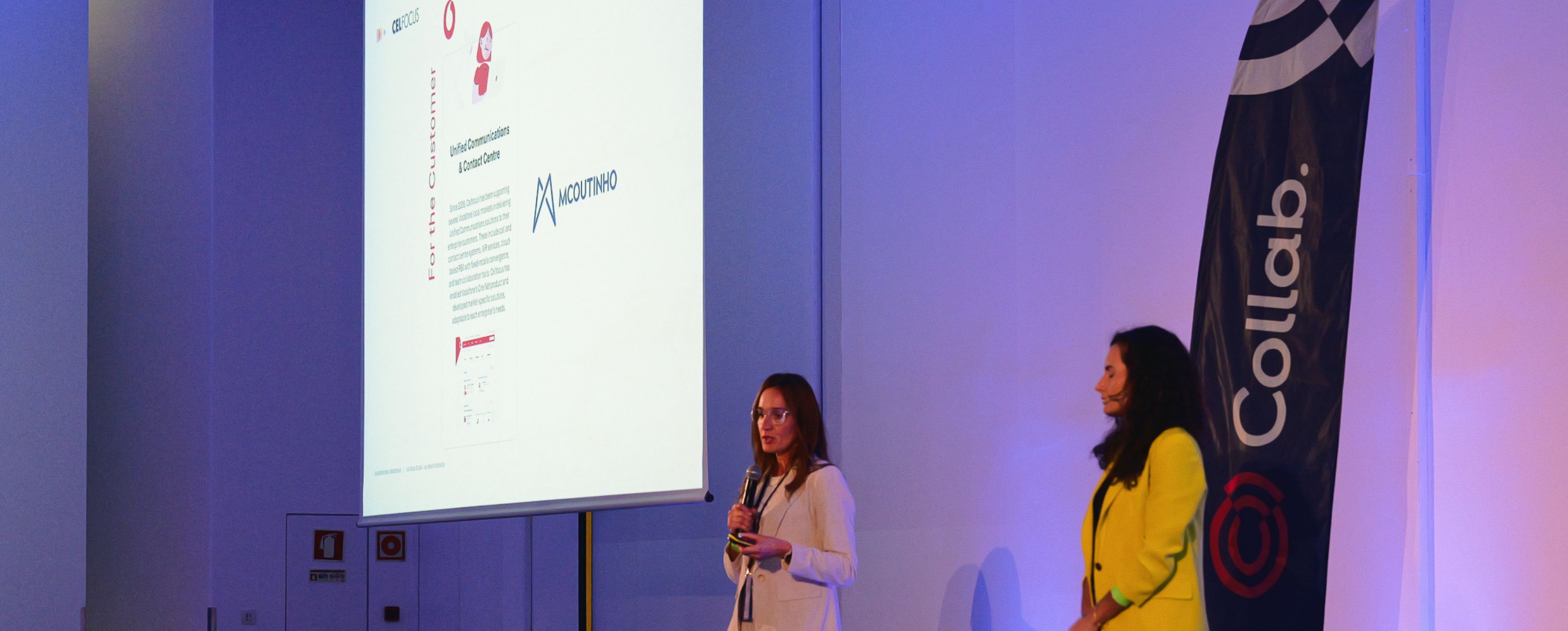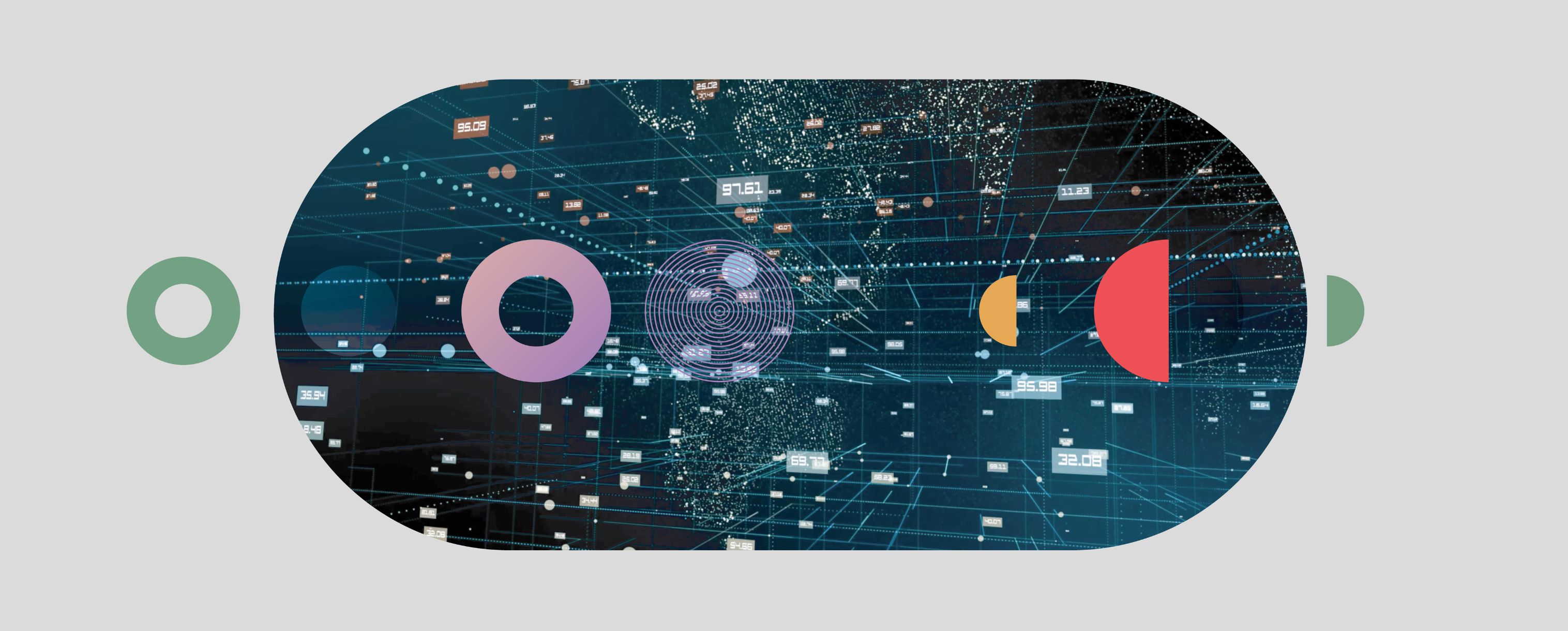|---Module:text|Color:Red|Size:Small---|
“How many times have you downloaded an app just to have it crash before getting to use it? I don’t know about you, but I don’t even waste any more time on the app after it crashes on the first try — I just delete it right then and there. First impressions are everything.”
Dave Hurt, CEO @Prototype1
|---Module:text|Size:Small---|
To make good software we need more than good code or good design, the empathic ability is crucial, knowing users’ wishes and business objectives is the good way to create the best solution, yet success depends on aligning business with user’s needs. Today, we can use a variety of tools and methodologies that will help us make it happen.
Defining procedures to ensure "the usability" by quality assurance process, to achieve a satisfactory and positive User Experience, is the first step, testing must be an unstoppable activity.
|---Module:text|Color:Red|Size:Small---|
“Quality is achieved through the integration of various business activities, including development, design, purchasing, production, sales and after-sales service. Each area is indispensable in the delivery of satisfactory quality to customers.”
Toyota Group
|---Module:text|Size:Small---|
To guarantee the customer experience, we demand a Strong QA Strategy, go from zero to hero, thinking in paths to certify the product works as well as User Experience, a good tactical to make this happen is the "Tests First", from design to implementation, because in a culture where the focus is on the USER, it is imperative that usability tests be performed in the course of developing a project, Bugs, Defects, Faults, and Problems identified later are more expensive to resolve.
|---Module:text|Color:Red|Size:Small---|
“We never have enough time for testing, so let’s just write the test first.”
Kent Beck
|---Module:text|Size:Small---|
The earlier we test product designs, the sooner we can find any defect, bug or fault and fix them. The sooner we can fix them, the happier the users will be; the sooner the project can go into production, it’s a long way to the top if we want the product to succeed. It’s a win-win-win strategy.
In order to achieve this, the QA Team uses a checklist to evaluate product usability, there are different areas with the specific context that can make a significant contribution to usability by promoting consistency and good practice:
|---Module:image|Size:Small---|

|---Module:text|Size:Small---|
This test must be designed and implemented in two categories, functional and nonfunctional, be executed by a manual process or automated process, both types of testing offer benefits and disadvantages. It’s worth knowing the difference, and when to use one or the other for best results. Manual testing requires physical time and effort to ensure the software does everything it’s supposed to do, on the other hand, automated testing is done through an automation tool and less time is needed in execution.
|---Module:image|Size:Small---|

|---Module:text|Size:Small---|
To guarantee the above context items, we should define a test strategy over value chain to improve a fast feedback, in addition, working “From Hypothesis to Happiness” (Lean Startup), using agile methodologies and the “Test First” mindset.
To sum it up, as QA, User Experience is made of small pieces: first ideas, development phase, delivery, and support. Proactive actions during lthe ife cycle of a product development are decisive, if we want to improve quality and satisfaction to our clients, internals, and externals.
A focus on “fire prevention” rather than “fire fighting”
Manual and Automated tests to guarantee the UX have different methods for different objectives, we shouldn't compare manual to automated tests, two methods should coexist in the product lifecycle to evaluate the process and ensure product goes to the market as well as guarantee UX.
First, write the tests cases, just after writing the code, it’s a good practice to drive us during product development (RED – GREEN – REFACTOR).
Improvements are based on small changes; not major paradigm shifts or new inventions, incremental improvements are typically inexpensive to implement.
Use methods that enable the famous “continuous improvement”, like Kaizen or PDCA help us identify improvement points, also we use the “shift left”.
When businesses meet the needs and expectations of their users, they are more likely to develop a successful service.
The user experience is the most important piece.
|---Module:text|Color:Red|Size:Small---|
“A company can spend a billion dollars on infrastructure, but if the applications don't work properly, they are failing the users. "What companies really need today is that visibility to the application level.”
John Green, CIO of Baker Donelson
|---Module:image|Size:Small---|



















